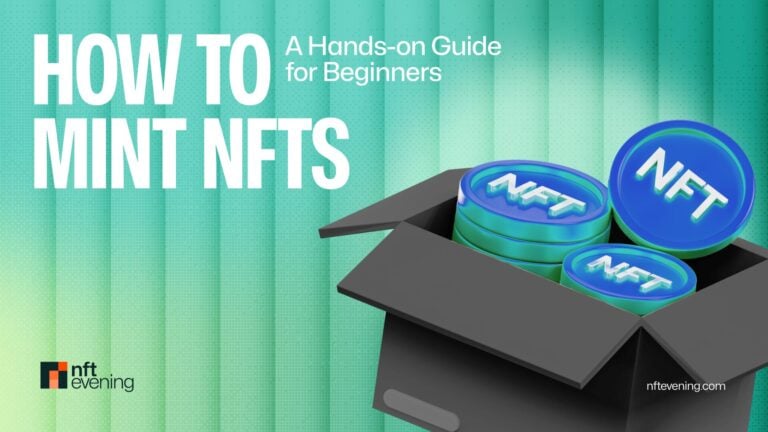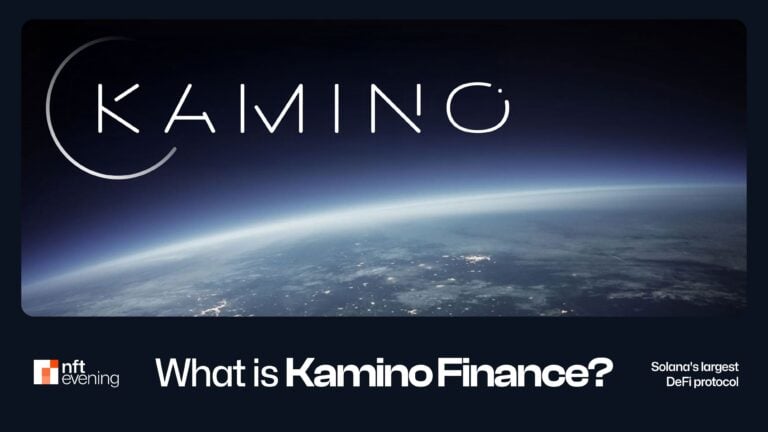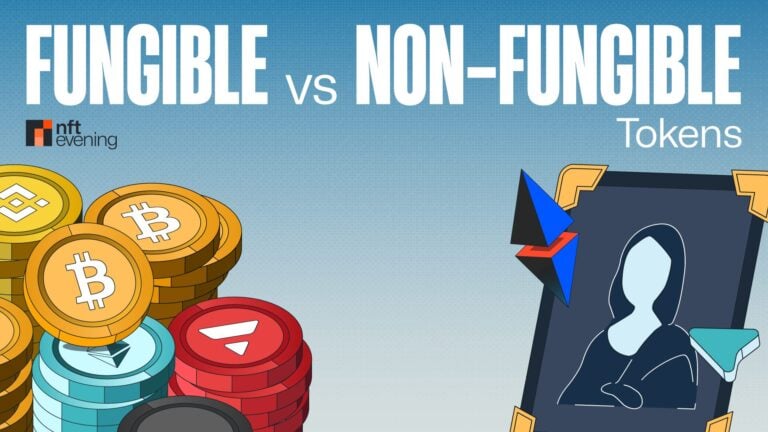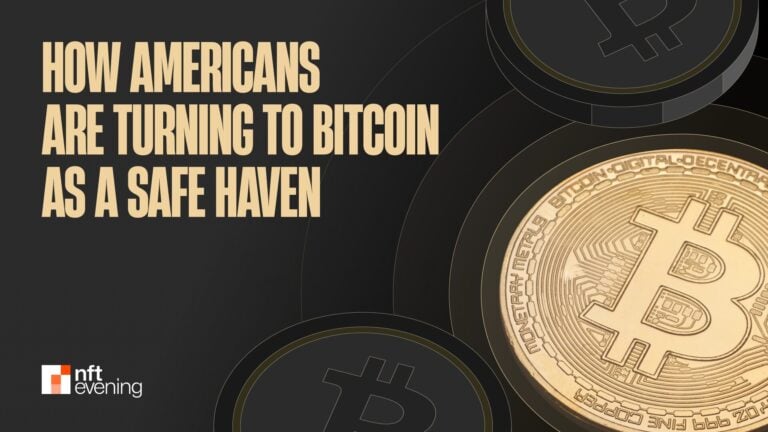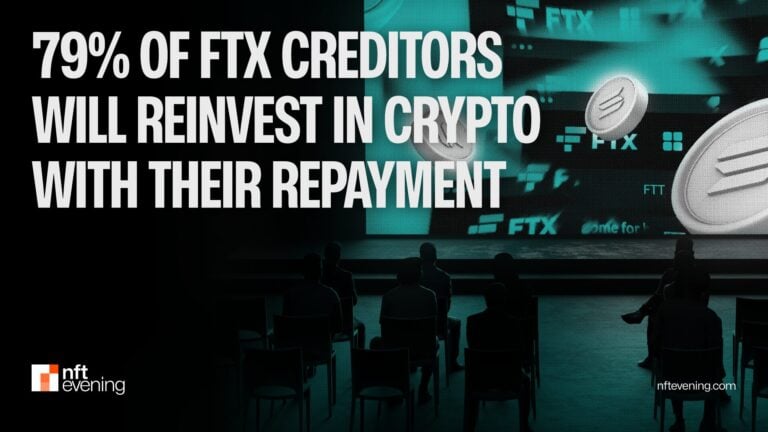At Consensus 2025, Dan Morehead, CEO of Pantera Capital, predicted decades of Bitcoin upside while discussing the impact of macroeconomic factors on the crypto market’s future.
.@dan_pantera, CEO & Founder of @PanteraCapital, shared his long-term vision and advised investing in a wide spectrum of tokens and venture equity at @consensus2025.@willcanny99 reports. 🔗👇 pic.twitter.com/rUON9qTEse
— CoinDesk (@CoinDesk) May 14, 2025
CEO Pantera Capital’s Optimistic Outlook for Bitcoin
At Consensus 2025 in Toronto, Dan Morehead, the founder and CEO of Pantera Capital, shared a bullish perspective on Bitcoin’s future. Morehead emphasized that “there are a couple more decades to go of outsized returns in Bitcoin,” underscoring the firm’s ongoing conviction in the asset class.
Pantera Capital’s long-term strategy has seen significant success since its inception in 2013, with the Bitcoin Fund achieving over 132,118% returns.
Morehead’s confidence is buoyed by Bitcoin’s potential to capture a larger share of the global financial market, especially as institutional adoption grows. He highlighted the untapped potential of Bitcoin, suggesting that its decentralized nature and fixed supply make it a resilient asset amidst economic uncertainties.

Bitcoin’s Price Dynamics and the Broader Economic Context
Persistent inflation and trade tensions make the economy more uncertain, which could propel Bitcoin’s appeal as a store of value, especially as traditional currencies face pressure from rising inflation rates, with the Consumer Price Index (CPI) reaching 2.8% in the U.S. in April 2025, according to the Bureau of Labor Statistics.

Source: CNBC
Moreover, the European Central Bank’s decision to lower interest rates by 25 basis points in April 2025, setting the deposit facility rate to 2.25%, the main refinancing operations rate to 2.40%, and the marginal lending facility rate to 2.65%, reflects a response to stagflation concerns and aims to stimulate economic growth.
These developments suggest a scenario where Bitcoin BTC might benefit from a flight to quality, as investors seek assets less susceptible to central bank policies.
Bitcoin is not just a speculative asset but a critical component of a diversified investment strategy in an era of economic flux.
Bitcoin’s Recent Correlation with Gold
Recently, Bitcoin has shown a tendency to rise alongside gold prices in the context of trade war risks. This correlation is driven by both assets being perceived as safe havens during periods of geopolitical uncertainty. However, with recent developments where gold prices have dropped due to easing U.S.-China trade tensions and relaxed tariff policies, the dynamics have shifted.
The relaxation of trade policies, particularly between the U.S. and China, has reduced the immediate risk premium on gold, leading to a decline in its price. This shift is significant because it highlights the differing responses of Bitcoin and gold to macroeconomic news.
In April, Bitcoin joined the gold run, increasing correlation for the first time in months.
Between April 7th and April 21st, gold surged +15% along with +12% in Bitcoin.
The flight to decentralized and inflation-protected assets is strong.
Keep watching this trend. pic.twitter.com/RvqwwIT7Ew
— The Kobeissi Letter (@KobeissiLetter) May 5, 2025
While gold’s value is often tied to traditional safe-haven demand and central bank policies, Bitcoin’s price movements are increasingly influenced by its growing acceptance as a digital asset and its decoupling from traditional financial instruments.
Read more: Tim Draper: Bitcoin to Hit $250,000 and Replace the Dollar in a Decade
The easing of trade tensions could potentially redirect investor focus towards Bitcoin, especially if it continues to be seen as a hedge against inflationary pressures and currency devaluation.
Moreover, the narrative of Bitcoin as “digital gold” gains traction in such scenarios, as it offers a decentralized alternative that is less affected by geopolitical negotiations. This evolving relationship suggests that Bitcoin’s price momentum might be sustained by its unique position in the financial ecosystem, even as traditional safe havens like gold adjust to changing economic conditions.








